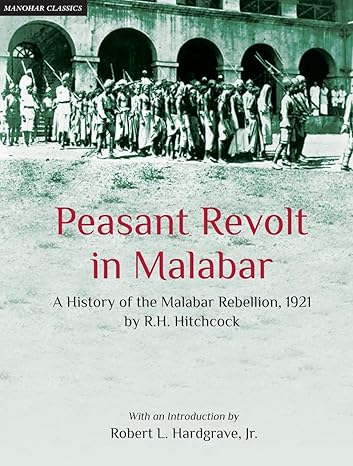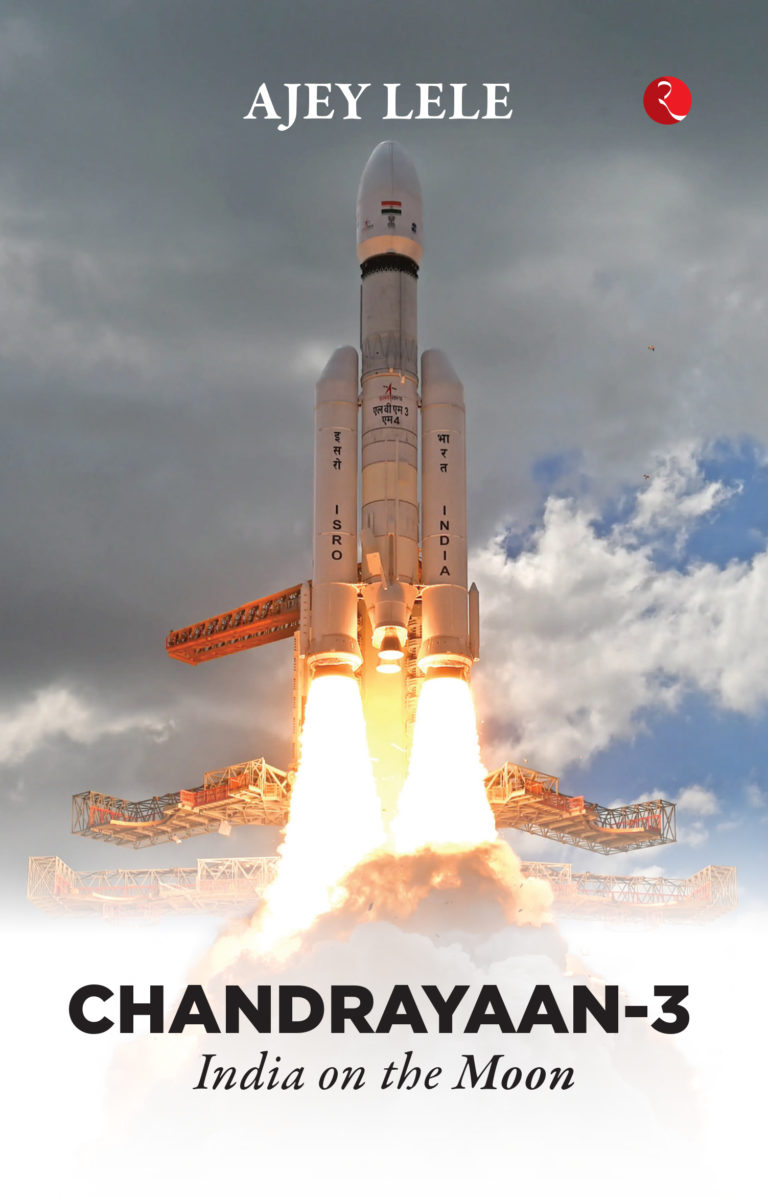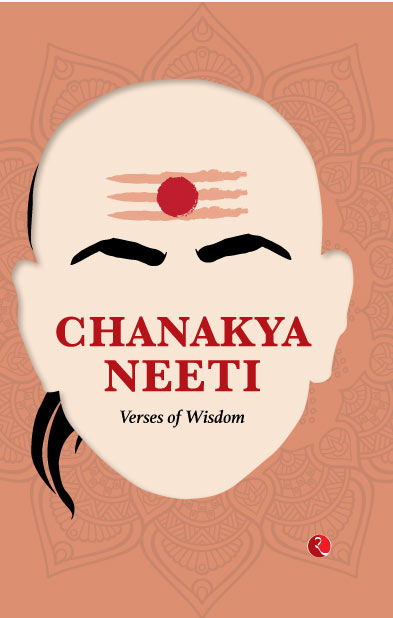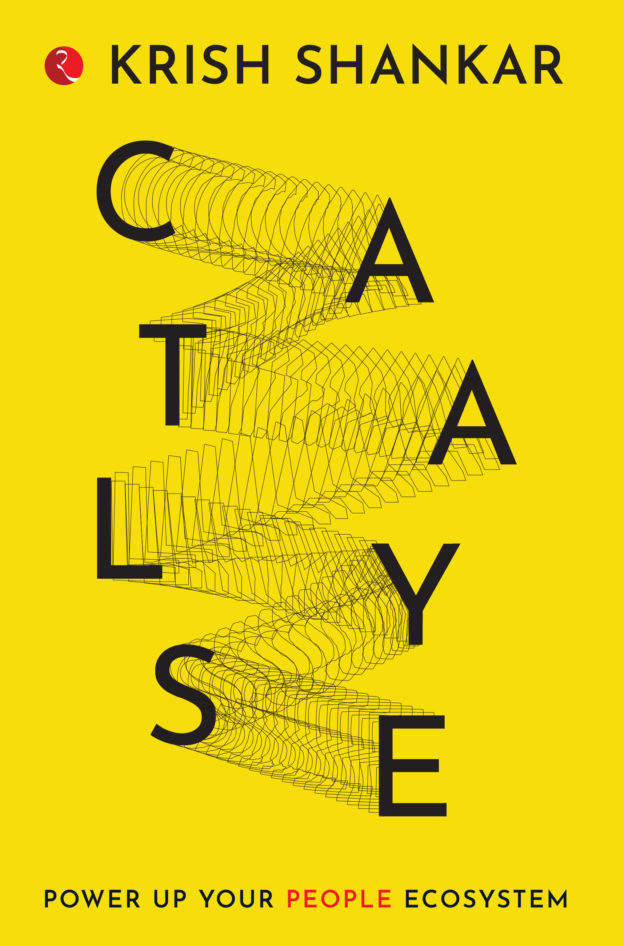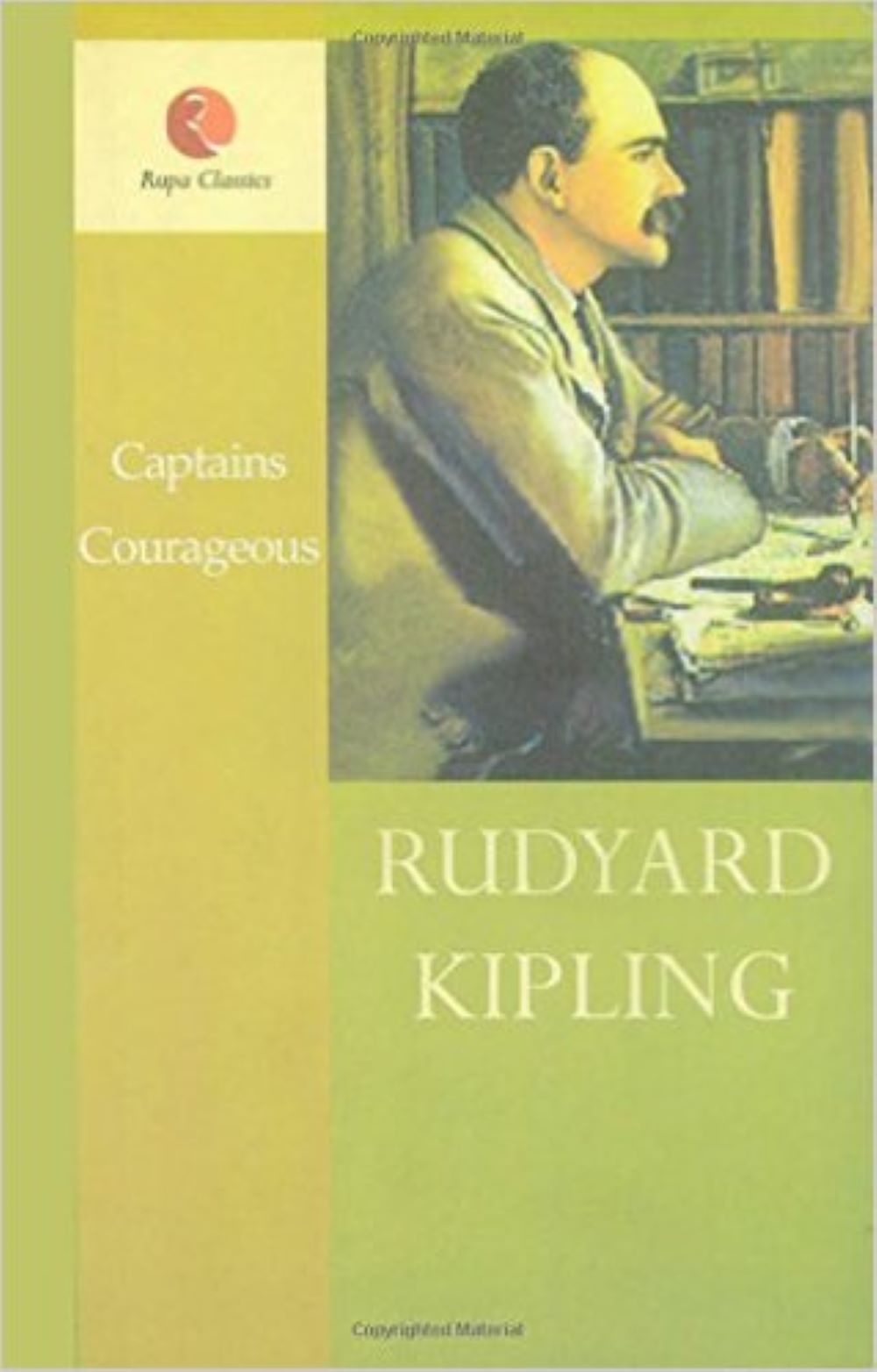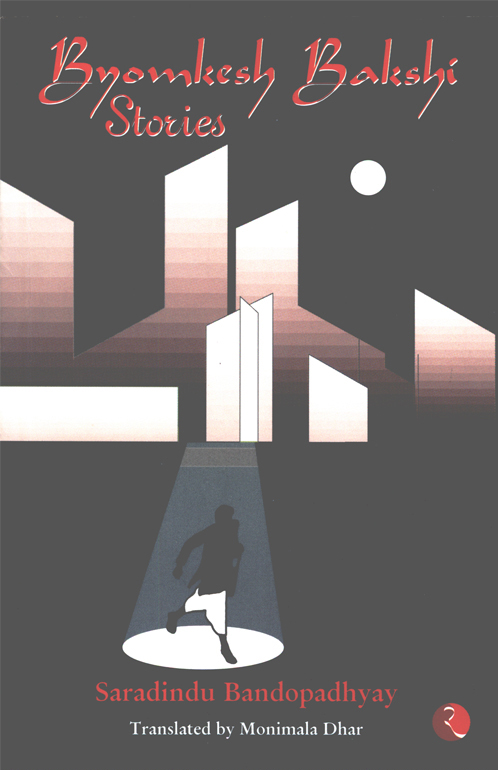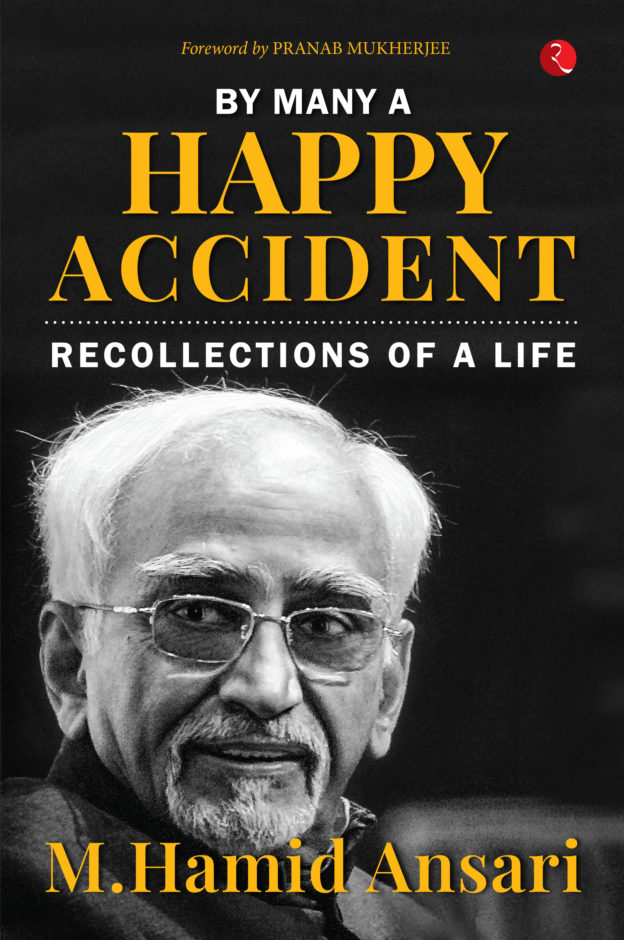Peasant Revolt in Malabar: A History of the Malabar Rebellion, 1921
no information available
Over the past decades there has been increasing interest in the phenomenon of peasant rebellions their sources and their character. This is reflected in the growth of scholarly literature to which various studies of agrarian unrest have made a substantial contribution. Within the twentieth century the 1921 Mappila or Moplah rebellion in Malabar provides a fascinating case study in its combination of agrarian end Islamic religious origins. This led to a number of scholars to examine the social organisation and history of the community and also the long series of ‘outrages’ which culminated in the outbreak on 20 August 1921. The principal document on the rebellion is a British Police Officer Hitchcock’s confidential history published by the Madras Government in 1925. This history which is both an enquiry into the causes of the rebellion and justification for the British Indian Government's response to it is now being made available again in a reprint edition. It was reprinted earlier in 1983. It is an exhaustive report running into about 350 pages complete with appendices and an index. It traces the origin and early history of Mappilas describes the Mappila character drawing attention to the differences between the coastal Mappilas and the those of Ernad the centre of the rebellion and gives a blow-by-blow account of its rise and spread and how the Government managed to quell it. A 27 page introduction by a well-known scholar Robert L. Hardgrave Jr. places the rebellion within a wider context and critically examines the sources of Mappila discontent and the British actions taken in response to it. General readers no less than the scholars will find the volume a mine of information on an outbreak which though non-communal in origin ended as one and which was a turning point in the life of Mappilas.
... Read more Read less
